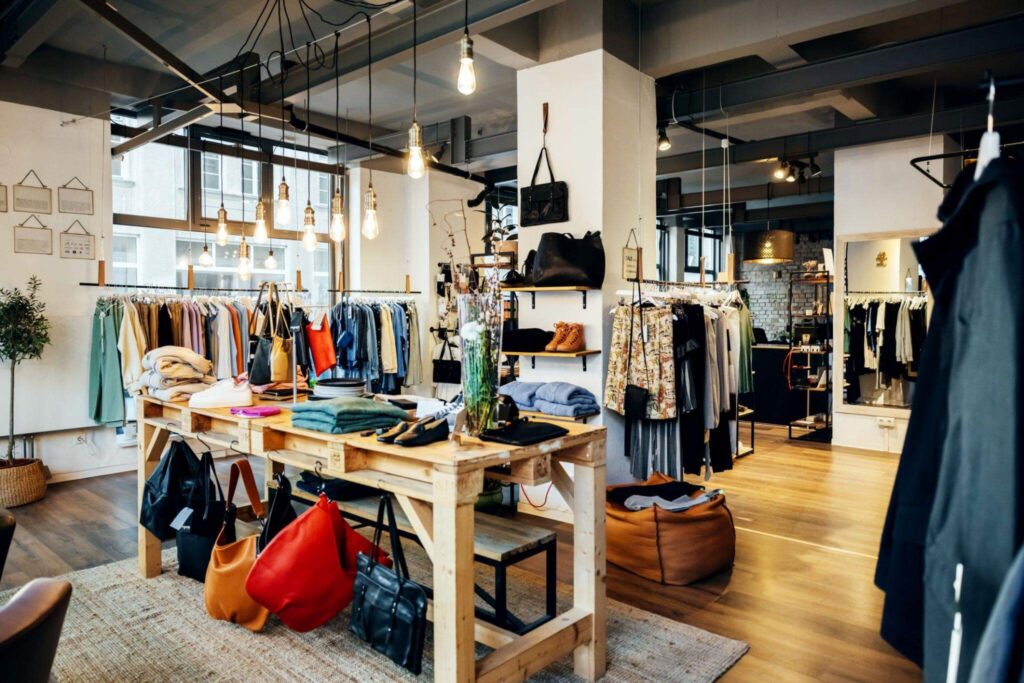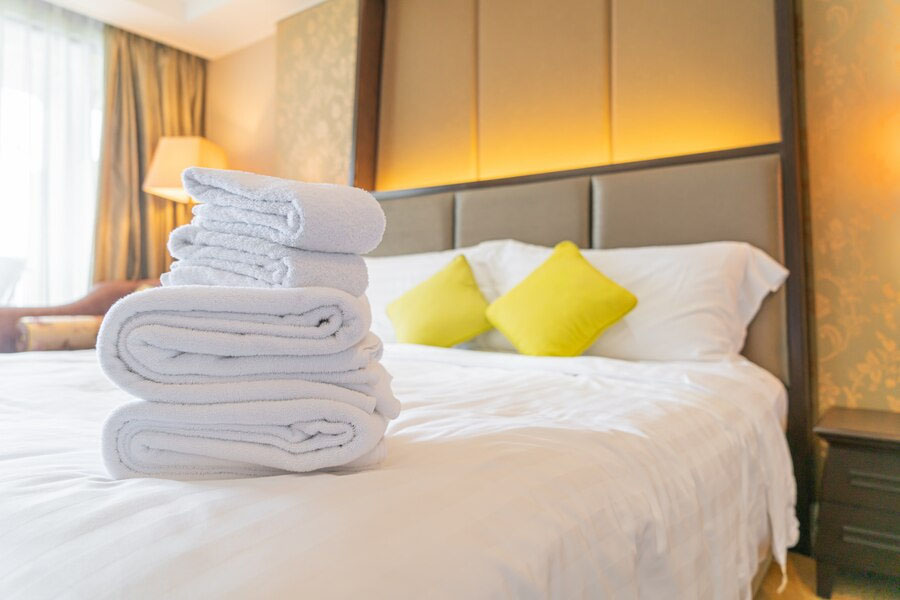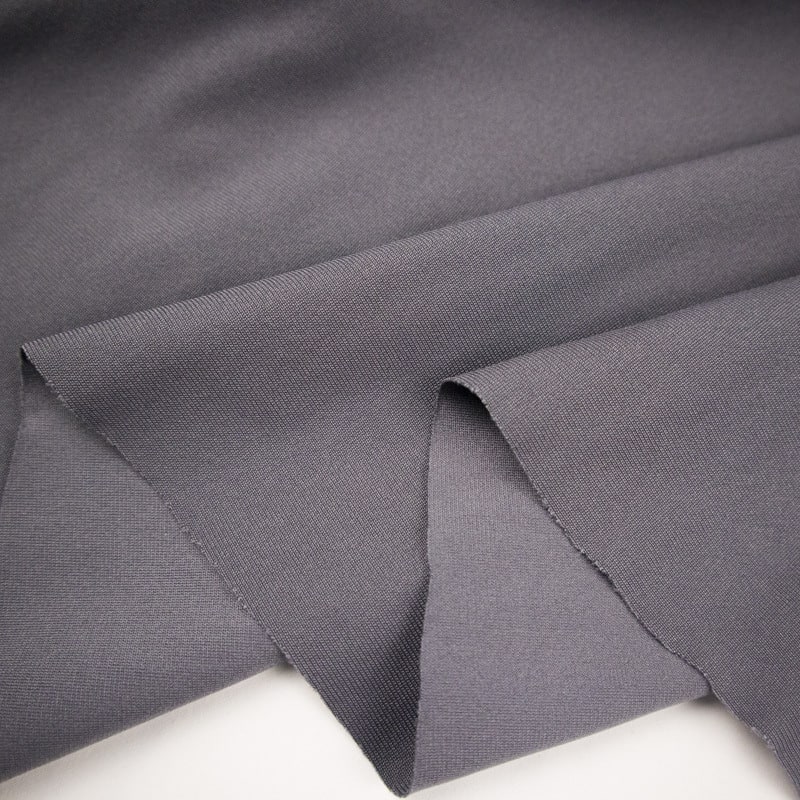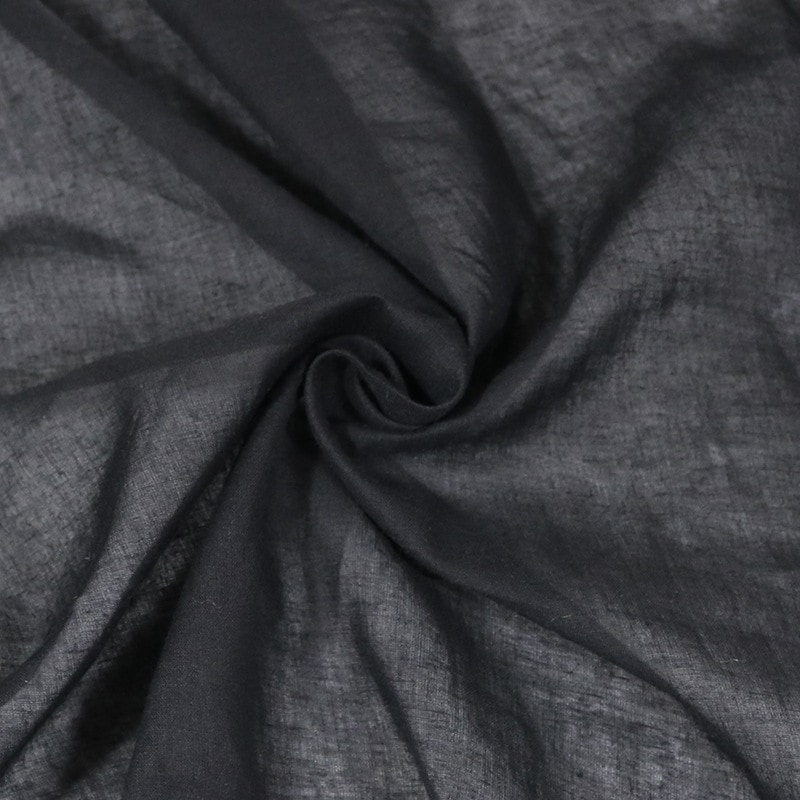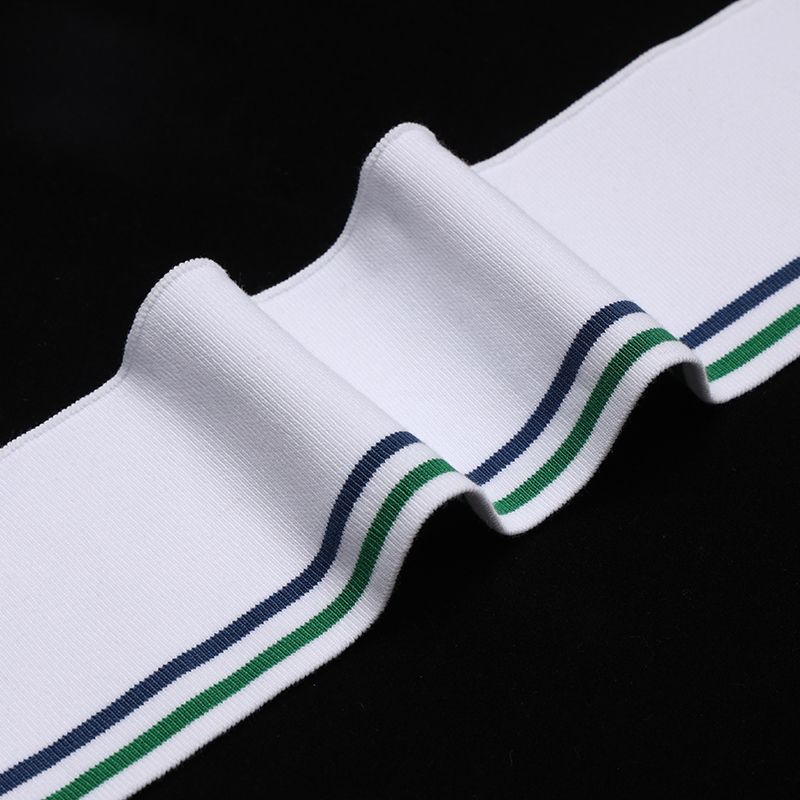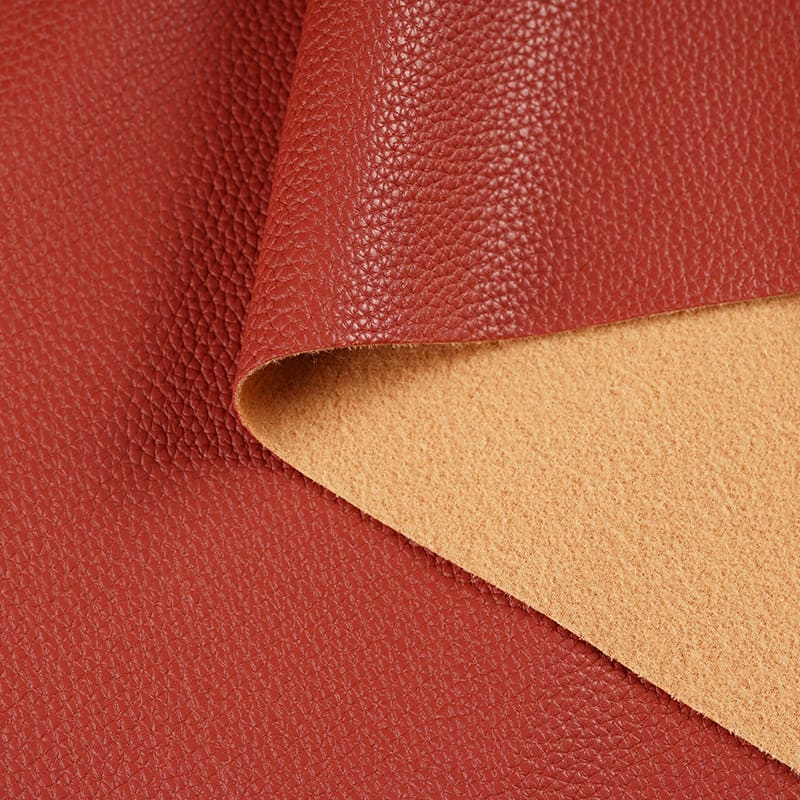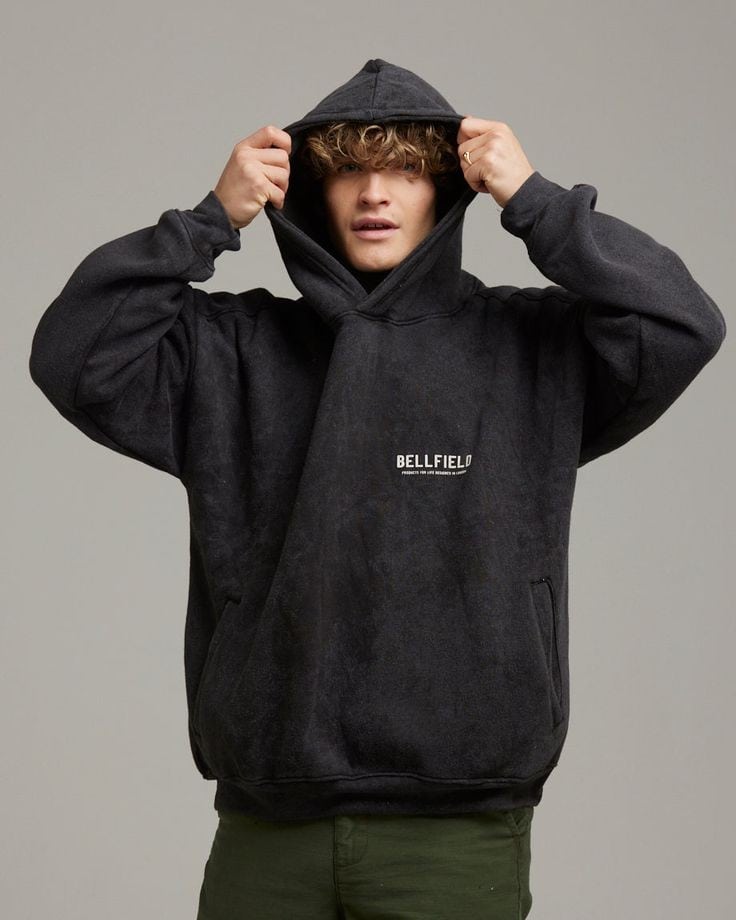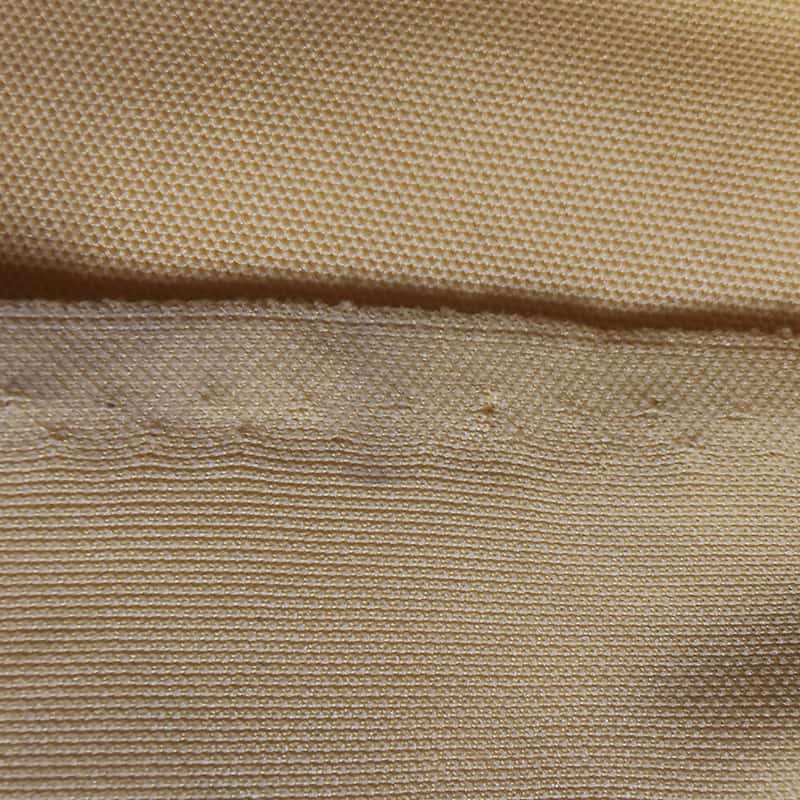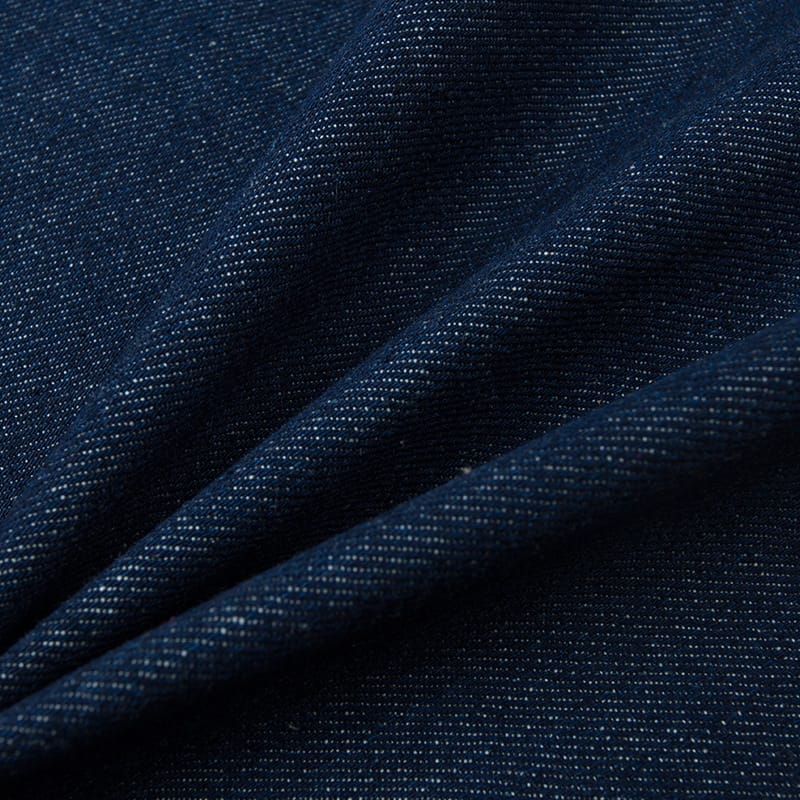
Denim Fabric: The Durable Fabric with Timeless Style!
Denim fabric is a timeless wardrobe staple that has stood the test of time!
Designers created denim jeans as sturdy workwear for miners and farmers. They have since evolved into iconic fashion statements that can suit any style.
Denim fabric was first made in Nimes, France, and the city of Genoa became the biggest producer. During the gold rush, miners were required to wear durable clothing. Hence, denim fabric was an excellent choice.
Discover more fascinating information about denim fabric in this article!
What Is Denim Fabric?
Denim is a well-known and flexible fabric that has been a go-to for many people for decades. The fabric’s distinct texture, strength, and enduring charm have made it famous.
Many people like the faded look that denim acquires over time. Denim fabric is a popular choice for clothes like jeans, jackets, skirts, and overalls.
What is denim fabric made of?
Denim fabric is made of cotton fibers. There are also variations that incorporate synthetic fibers. Denim’s diagonal pattern is a result of the twill weave technique used to weave cotton fibers.
What is denim fabric used for?
Clothing
Denim is popular for making jeans, but it can also be used for jackets, shirts, skirts, dresses, and other clothing items. Its strength and versatility make it a popular choice for everyday wear.
Accessories
Denim can also be used to make accessories such as hats, bags, belts, and shoes. Its sturdy and rugged texture can add a stylish touch to any outfit.
Upholstery
Denim upholstery fabrics are easy to clean, making it ideal for chairs, couches, and ottomans. It is the best option for high-traffic areas due to its durability and strength.
Home Decor
Denim can also be used for home decor items such as curtains, tablecloths, and throw pillows. It adds a casual yet stylish look to any room.
Industrial uses
Denim fabric is also used in a variety of industrial applications, such as heavy-duty work clothing, safety gear, and even tarps. It can also be used to cover trucks and other equipment.
Manufacturing Process of Denim Textile
There are eight steps in manufacturing denim fabric. Here are the basic steps involved:
Cotton selection
The first step in the manufacturing process of denim fabric is selecting good-quality cotton fibers. To choose a good denim fabric, consider its weight, weave, color, wash, and stretch. Check the weave for consistency and tightness, and choose a color and wash that suit your style.
Carding
After selecting the cotton fibers, they undergo the process of carding. This process creates a thin layer of cotton fibers called a web.
Drawing and Roving
After carding, the cotton fibers are drawn and roved to create a long, continuous strand of cotton fiber.
Spinning
The roved cotton fibers are then spun into yarns. These yarns are made by twisting the cotton fibers together.
Dyeing
Once the yarns are made, they are then dyed. The warp yarns are dyed with indigo, while the weft yarns are usually left undyed or dyed with a lighter color.
The warp threads run vertically, while the weft threads run horizontally.
Weaving
After dyeing, the yarns are woven together in a twill weave to create the denim fabric. The warp yarns are woven over and under the weft yarns in a diagonal pattern, creating the signature diagonal lines of denim.
Finishing
To make denim fabric look and feel a certain way, manufacturers wash, brush, and sand it.
Cutting and Sewing
The finished denim fabric is then cut into different patterns and sewn together to create various denim garments, such as jeans, jackets, skirts, and overalls.
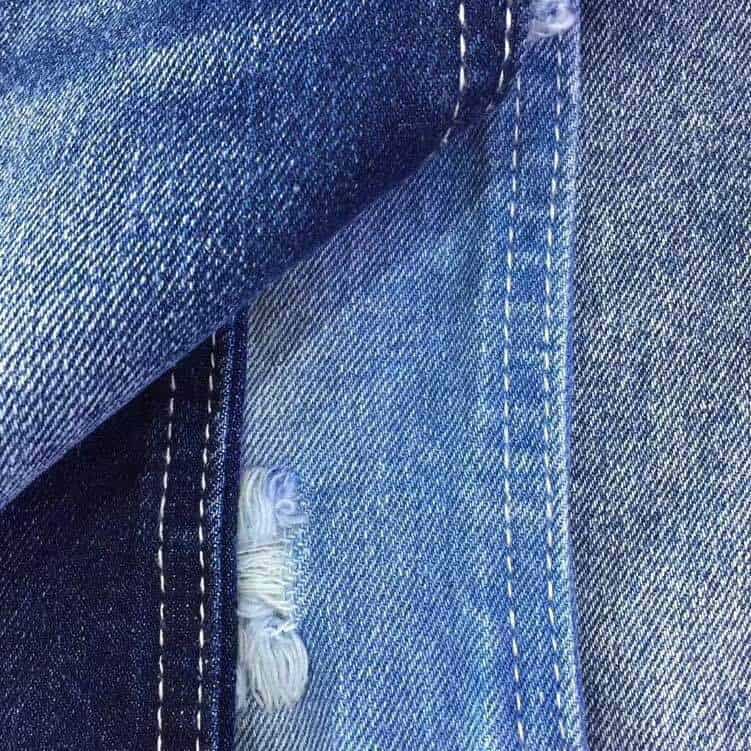
Types of Denim Fabric
When it comes to denim fabric, there are different types to choose from. If you want to choose the best for yourself, it’s important to understand the unique traits of each type.
The list below can help you understand the different types of denim fabrics.
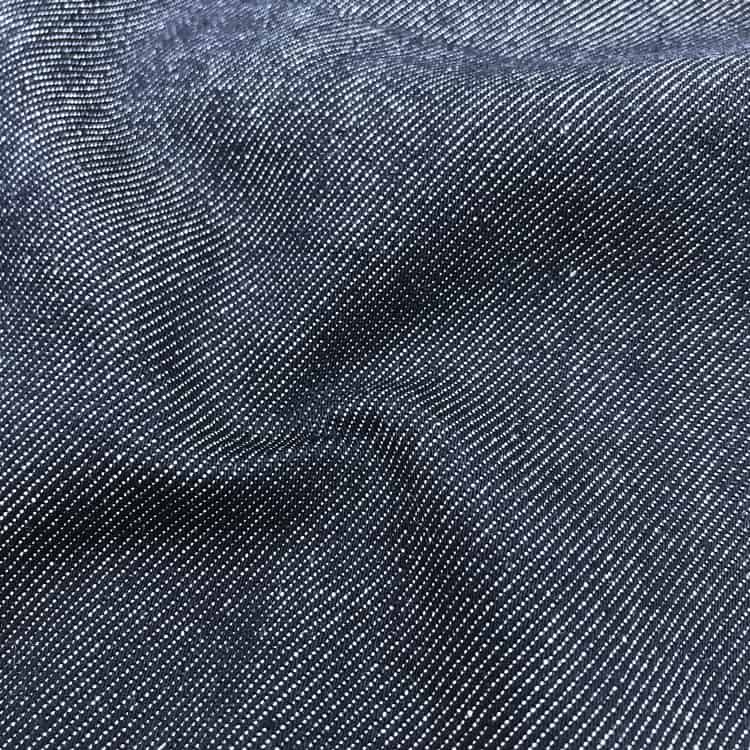
Sanforized denim
This denim fabric has undergone a particular treatment procedure that involves stretching the fabric and exposing it to intense heat and moisture in order to set the fibers and lower their capacity to shrink by up to 1% after washing.
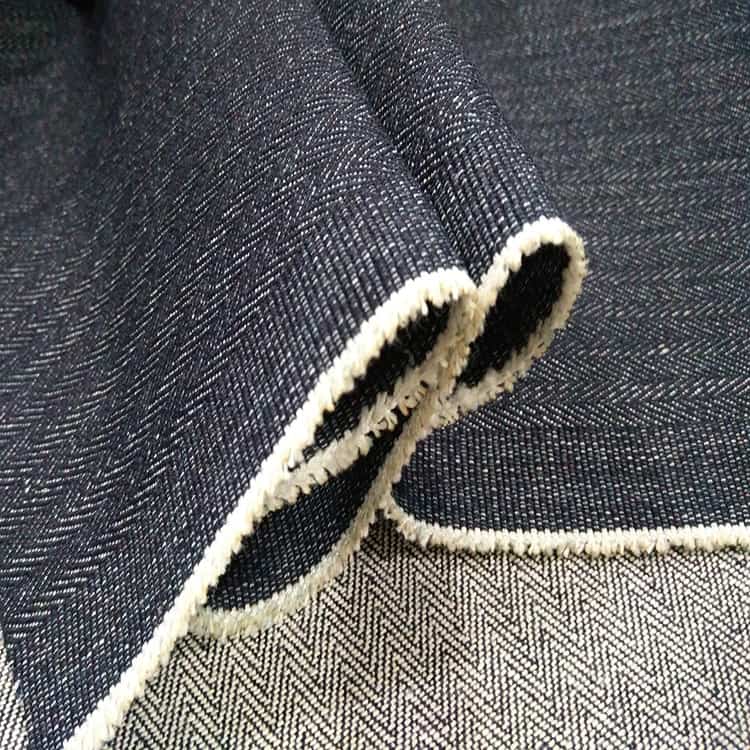
Raw Denim
This is denim that has not been pre-washed or pre-shrunk, giving it a stiff and unwashed appearance. Over time, as the wearer breaks in the fabric, the denim will mold to their body and develop unique fading patterns.
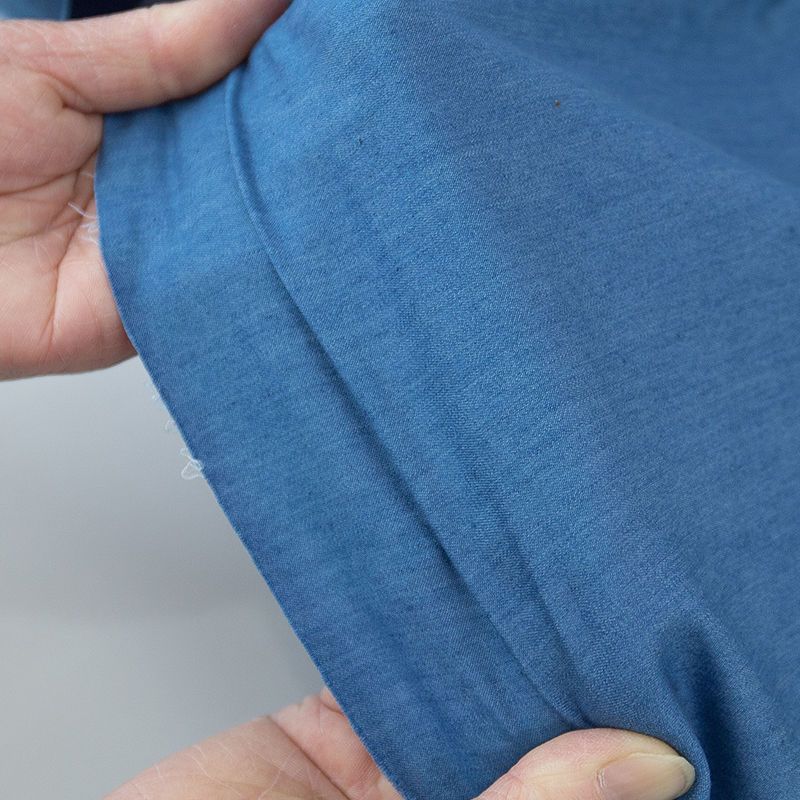
Stretch Denim
This is denim that has been blended with a small percentage of elastane or spandex to give it a degree of stretchiness. Stretch denim is often used in form-fitting jeans and other body-hugging garments.
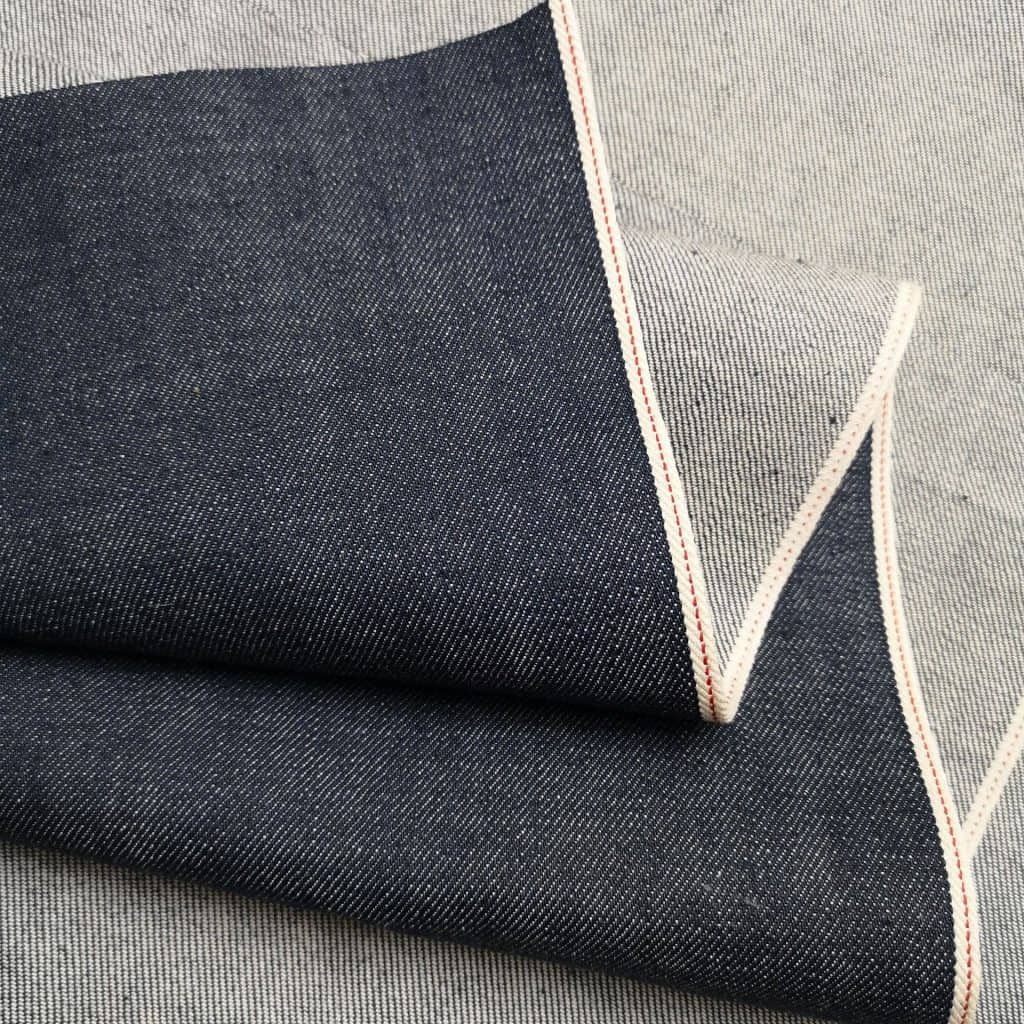
Selvedge Denim
This is a type of denim that is woven on old-fashioned shuttle looms. It produces a narrower, more tightly woven fabric and creates a self-finished edge.
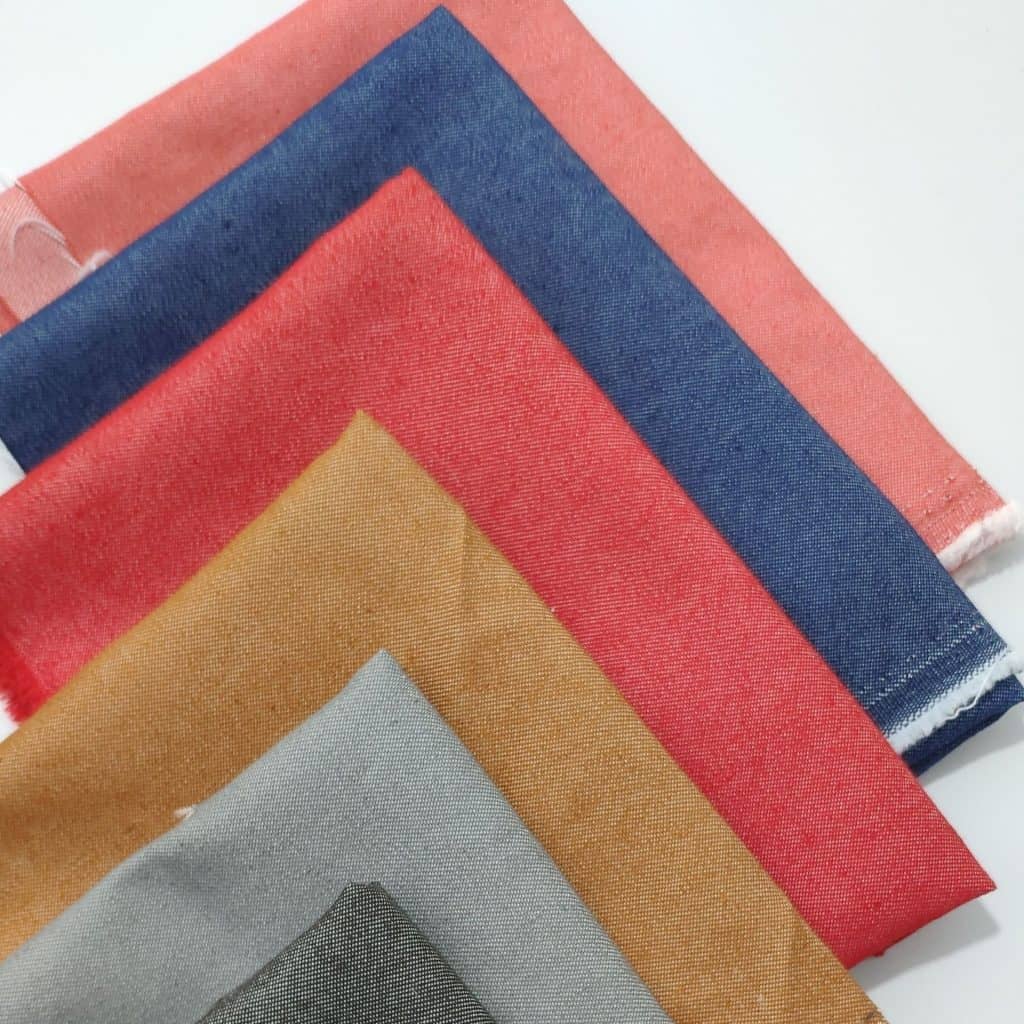
Colored Denim
This is denim that has been dyed in a variety of colors other than traditional blue. Colored denim can be found in a wide range of hues, from pastel shades to bright neons.
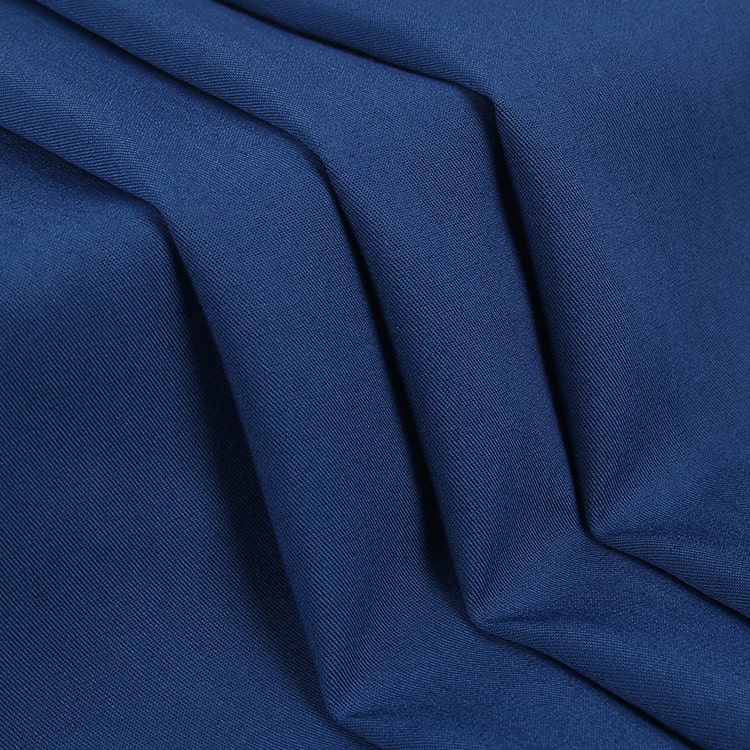
Lightweight Denim
Lightweight denim weighs less than 10 ounces per square yard. It is perfect for summer attire because it allows air to flow through and keeps you cool.
FAQ
How much does denim fabric cost?
Denim fabric comes with a price range of US$5 to US$15 per yard.
How do you identify denim?
You can identify denim fabric by its strong cotton twill material, blue color, and diagonal pattern. It has a rough texture on one side and a smooth texture on the other, and it is woven in a twill pattern.
Is denim only made from cotton?
No, cotton is not the only material used in making denim fabric. Blending polyester, spandex, hemp, linen, and recycled fibers can also produce this fabric.
What fabrics are similar to denim?
Fabrics that are similar to denim include chambray, drill, corduroy, canvas, and twill. These fabrics share some similarities with denim in terms of their durability and rugged appearance.
Conclusion
Denim is a versatile and durable textile with a long history. It’s made from 100% cotton yarns but can also be made from other fibers or blends. Denim is used for a variety of products, including clothing, accessories, and upholstery.
Its distinct texture, fading patterns, and timeless blue hue have made it an iconic part of the world’s fashion and culture. Denim is sure to remain a staple of the textile industry due to its timeless appeal and versatility.





